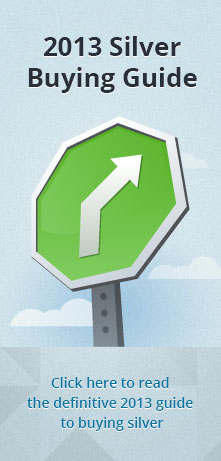Numismatics, also referred to numismatology, is simply defined as the study and/or collection of coins, currency, medals, and other monetary forms. The strict or sterile meaning of numismatics is limited to the historical and scientific research and study of coinage. The original definition of numismatics was taken from the Greek word “nomisma,” for coin.
Before the 1990s, this meant long hours of researching coinage due to early and ancient coins’ lack of dating and unspecific markings. After the 1990s, the term numismatics took on a wider berth of meaning encompassing the study of coins, medals, and paper money and their origins, details, use, production history, and more. Today, numismatics has a general context referring to anyone who is serious about coins and currency.
Forms of Numismatics
Often, numismatics can be used for learning and researching the artistry of coinage and paper currency. Many forms of money including coins, paper currency, medals, and tokens depict artwork that includes historical events, famous people, political figures, religious figures, world country customs, economic statuses, and other famous facts and moments in time. Many private collectors assemble collections of types of historical currency, and many museums around the world hold the largest numismatic collections. London brags the largest coin collection and market in the world.
A “numismatist” is a person, often a scholar, who studies numismatics, and many popular books about coins and currency are written by these numismatic enthusiasts. There are many publications that contain vast information on numismatics. This includes the Red Book, which is the ultimate guide to American coinage, the Standard Catalogue of Malaysia Singapore and Brunei, which chronicles South East Asian currency, and the Standard Catalogue of World Coins, by Krausse, which studies currency from the 16th century to today.
Numismatic Investments
Bullion collecting is mainly spurred by reasons such as financial investment and monetary interests, while numismatics are often used to learn more about past cultures, historical uses of money, political events not chronicled in other references, and many other research based pursuits. In 1891, The American Numismatic Association was formed with the intention of providing education for people interested in the study of world currency. The organization has grown to include more than 35,000 members.
Numismatics was often limited to coin collectors as the accepted reference to this hobby. But a much more comprehensive understanding of numismatics is the extended study of currency and money-related items that includes old banknotes, interesting tokens, medals, forms of bullion, graded/certified coins, historical worth graphs of certain types of currency, integrating currency in financial portfolios and IRA investments, and anything that pertains to currency and other forms of exchange and barter.
Coin collectors and numismatists have increased in number and in their passion for all forms of currency as numismatics has evolved from simple study and collecting of coinage to an interest in historical and economical benefits from collecting currency. The current economical state of the world has driven numismatists to not only study and collect currency for the intrinsic value, but as a future resource in the case of financial collapse.

